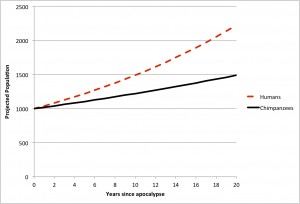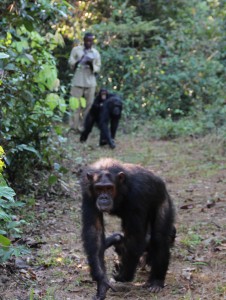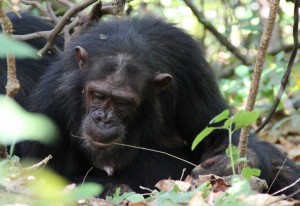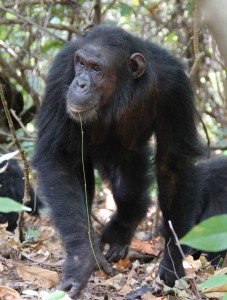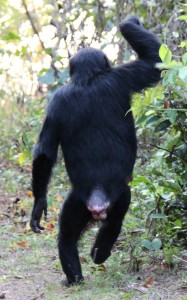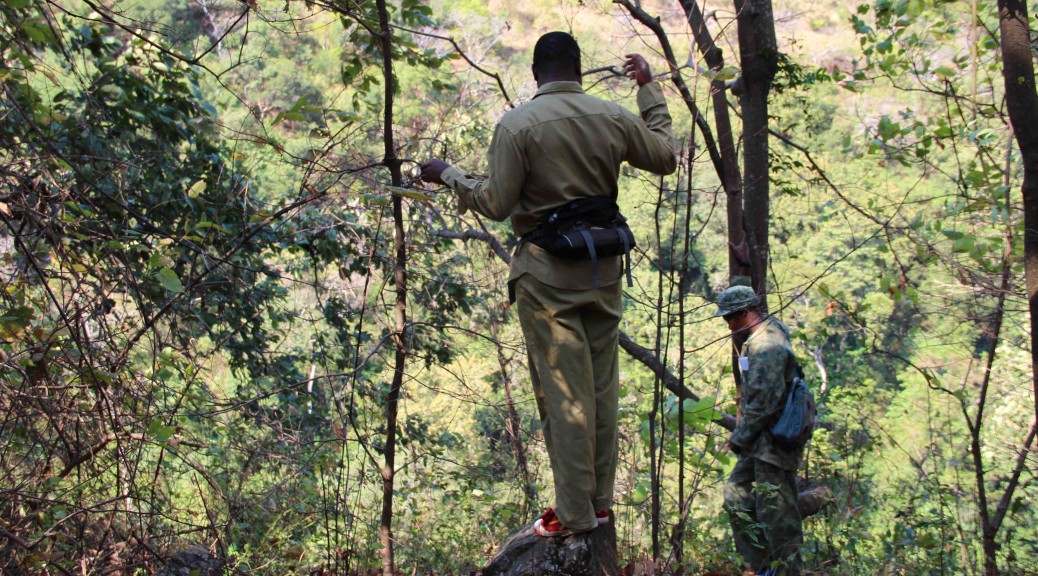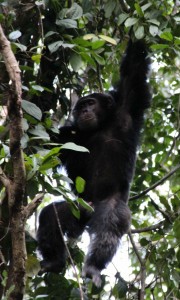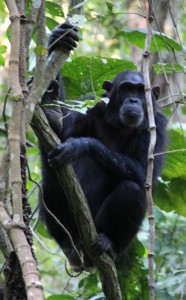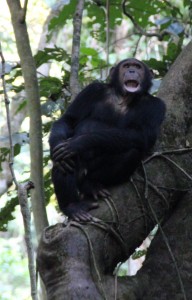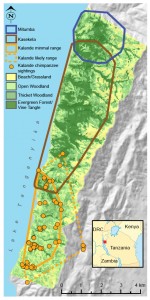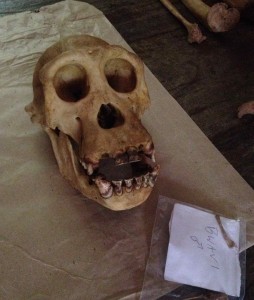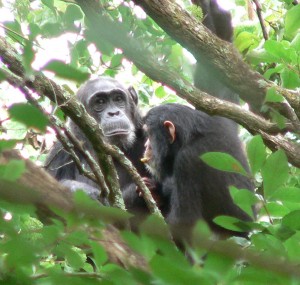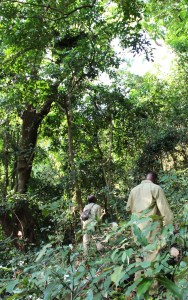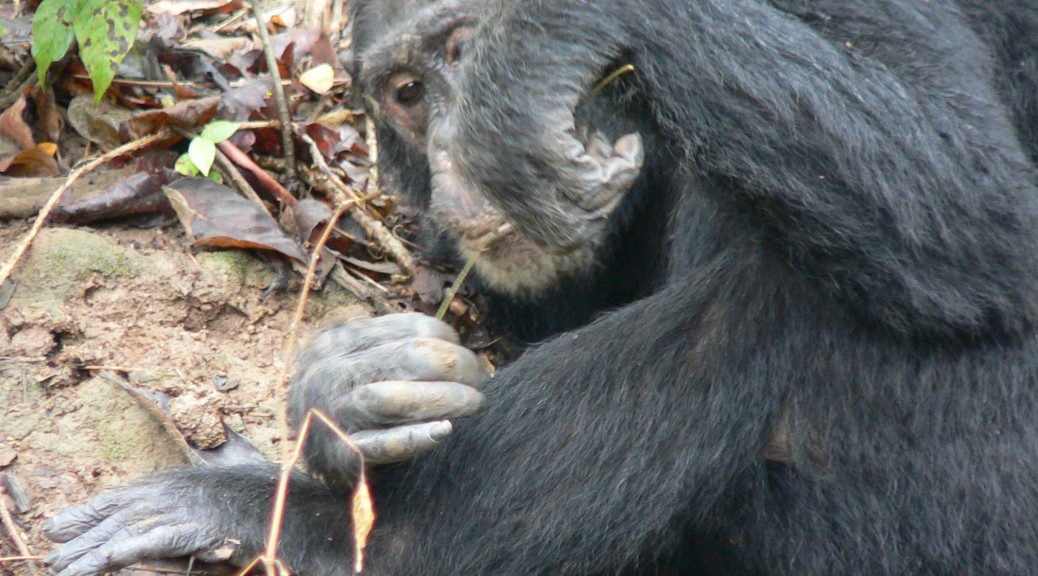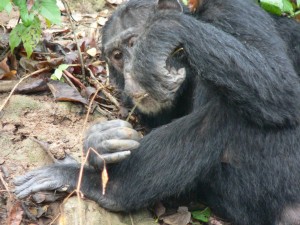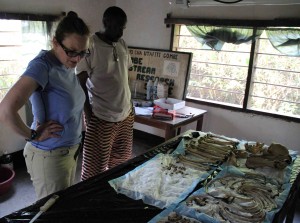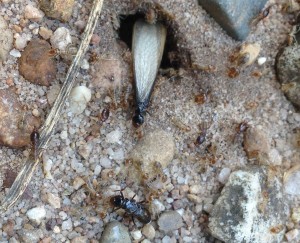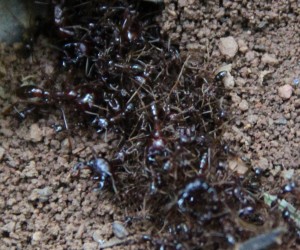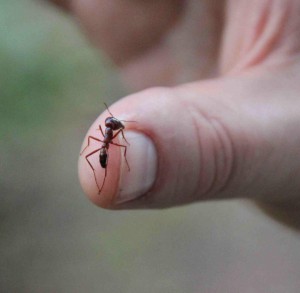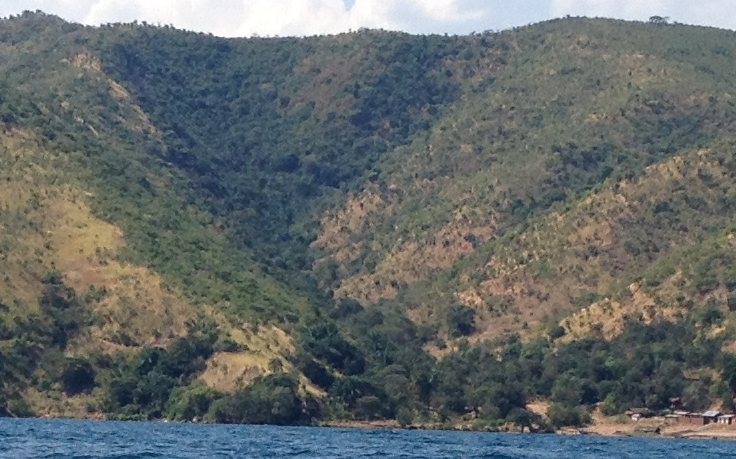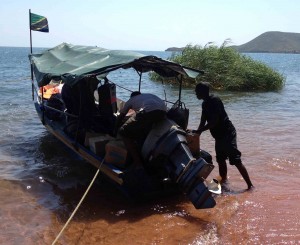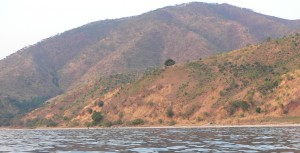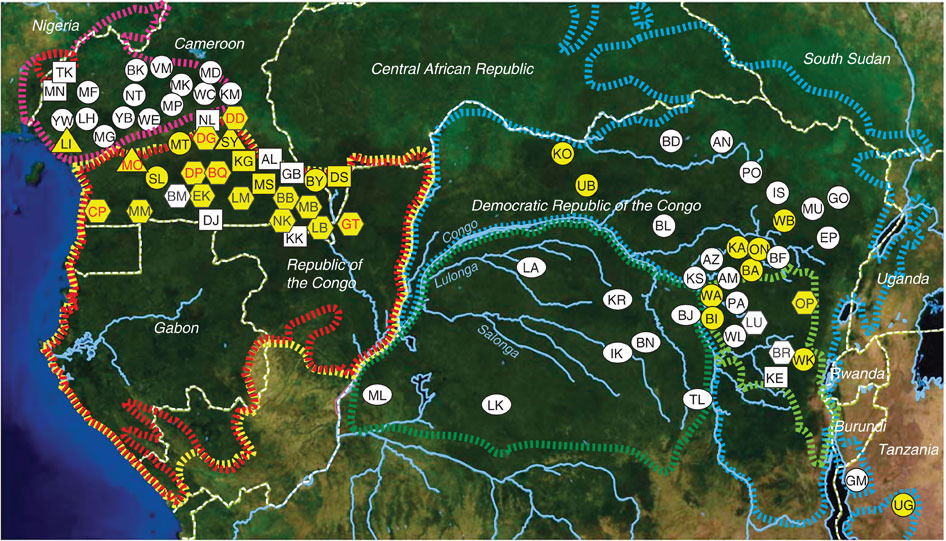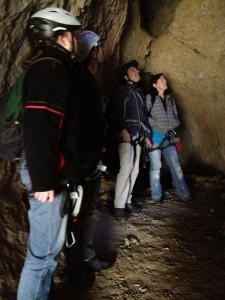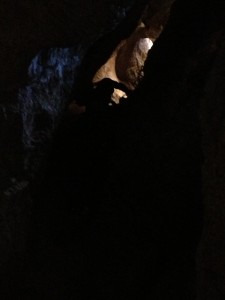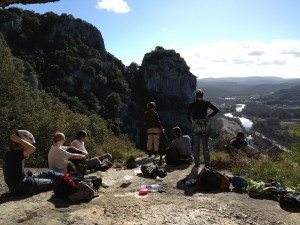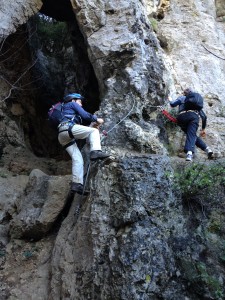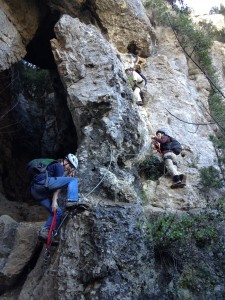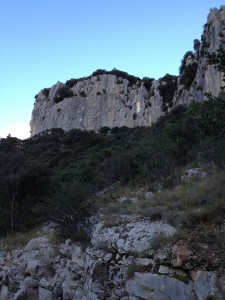Do playing violent video games and watching violent television shows make people act violently? That was one of many questions discussed at the XXIst World Meeting of the International Society for Research on Aggression (ISRA), which met this July in Atlanta, Georgia.
ISRA was founded in 1972, “In the shadow of the Cold War, the Vietnam War, and social unrest throughout the United States.” Since that beginning, a goal of the society has been to use research to find ways to “reduce harmful aggression.” This is a goal that I share. But during the course of the meetings, I couldn’t help but wonder: after all these years of research, what have aggression researchers learned that has been of practical use to help people reduce harmful aggression in the real world?
Some of the ISRA talks focused on the neurobiology of aggression. This is a scientifically important topic, definitely worth pursuing. But I suppose that the practical benefits of such research are largely limited to a fairly narrow range of specific circumstances, such as developing drugs to help reduce violent behavior in people with certain mental illnesses. Will a better understanding of neurobiology really help to reduce rates of warfare, or civil strife, or violent crime?
Many of the other talks and posters focused on the social psychology of aggression. A particularly popular topic was the effect of violent media on aggressive behavior. The most prominent of these was the John Paul Scott Award talk by Professor Rowell Huesmann. This award “recognizes a lifetime or substantial contribution to aggression research,” so this is clearly a topic close to the heart of the society.
Professor Huesmann spoke on aggression and the media. He described aggression as a contagious disease, which is contracted through exposure to violence, whether real or fictional. Watching violence on television, or playing violent video games, gives children “scripts” about how they should act. Because people imitate, they imitate the violence they see on TV and experience in videogames and act aggressively in real life.
Professor Huesmann is an esteemed scholar with a long list of publications, honors and grants. His findings are based on studies with large sample sizes and careful statistics that show consistent, positive correlations between exposure to violent media and violent real life behavior. He also seemed like a very nice guy, earnestly devoted to reducing problems of violence in the real world.
Despite all this, I think the Media Violence Hypothesis doesn’t explain a great deal of violent behavior, even though it is intuitively appealing on several levels.
The argument that exposure to media violence causes real world violence has a certain plausibility to it. Kids imitate things they see on TV. In my high school, certain guys were constantly imitating pro wrestling moves with their buddies (though they always did so in comic slow motion). Teachers tell me they see their kids imitating moves they see on TV, such as Teenage Mutant Ninja Turtle attacks.
Another appealing part of the argument is that as video games become increasingly realistic, the violence becomes increasingly graphic and disturbing. Back in the 1990s, I played a game on a friend’s computer that must have been some version of Wolfenstein — a first person shooter that involved walking around a castle and shooting at Nazis. After playing for a while, I found the whole first person shooter aspect rather disturbing, particularly the blood pouring from the bullet wounds of the dead computer Nazis. I wouldn’t want my kids playing this game, and can imagine how spending many hours playing such games might affect a person.
So I can see how the Violent Media Hypothesis is appealing, especially to parents and educators. This hypothesis also suggests an obvious intervention: increased control over the media. If the hypothesis is true, then limiting violence in the media should provide strong practical benefits for reducing rates of violence in the real world — though of course this raises all sorts of problems for anyone interested in protecting First Amendment rights.
Despite the intuitive appeal of the hypothesis, though, and quite apart from concerns about media censorship, there are a number of reasons to think that that Media Violence Hypothesis doesn’t really hold up.
First of all, exposure to violent media isn’t a necessary precursor to violence. Neither ants nor chimpanzees nor any other animals require exposure to violent media to commit acts of violence. Numerous acts of violence occurred in human history, and prehistory, long before the invention of Pac-Man and Space Invaders.
This is, admittedly, a weak objection, given that the argument isn’t just about the media; it’s about the violence depicted in the media. Movies, TV and video games just provide novel means of displaying violence; new ways of spreading the contagion of violence. Long before violent media existed, people saw acts of violence being committed, which according to this hypothesis, would have resulted in further imitative acts of violence, which in turn would spawn yet more acts of violence.
There are, however, other reasons to think this hypothesis is implausible. One of these is my own personal experience. I don’t particularly seek out violent media. I have never played Grand Theft Auto or similar video games, and I don’t seek out slasher films. All the same, over a lifetime of watching TV and movies, and playing various kinds of games, I have been exposed to an enormous amount of simulated violence: murder, mayhem, rape, pillaging, decapitation, dismemberment, and all manner of horrible things. I’ve watched the entire population of the planet of Alderaan being destroyed by the Death Star. As a teenager playing Dungeons and Dragons, I fought countless virtual battles, throwing spears and whiskey bombs at orcs, hobgoblins and various other enemies. Playing Risk, I have commanded armies that slew many thousands of soldiers (though these were represented in the innocuous, non-bloody form of Roman numerals). I watched all six seasons of the Sopranos, in which many horrible murders were graphically depicted.
One would think that, according to the Media Violence Hypothesis, I would be deeply infected with the contagion of violence, and would have acted out these violent scripts repeatedly in my life. And yet, I have enjoyed a quite peaceful existence, apart from a few rough wrestling bouts and fist fights in grade school.
I don’t think I’m unusual in this respect. Lots of people watch lots of violence on TV and movies, and experience simulated violence in video games, fantasy role playing games, and other forms, and yet have never committed a single act of violence.
Given all this, it would seem that violent media are neither necessary nor sufficient for violence to occur. Nor does it explain one of the most consistent findings in aggressive studies: men are consistently more violent than women. Men commit the great majority of homicides, and commit far more atrocities of war than women. If both sexes are routinely exposed to the same violent media, why should men be more violent than women?
Additionally, the Violent Media Hypothesis doesn’t fit with patterns of violence over time, or across geographic space.
As Manuel Eisner described in his excellent plenary talk, rates of homicide have declined over the past thousand years or so in Europe. If the Media Violence Hypothesis were correct, we should see an enormous increase in violence following the invention and widespread dissemination of movies, television, and video games in the 20th Century. But what we see instead is a marked decrease in many different kinds of violence, including warfare and homicide. The horrors of WWI occurred when the film industry was still in its infancy. Television barely existed at the start of WWII. Since these cataclysmic events, the 20th Century has seen a steady decline in per capita rates of death from war, and decreases in homicide rates across Europe and North America. According to Eisner, there was an uptick in homicide in the 1960s through the early 1990s, but homicide rates declined thereafter, despite the release of a series of increasingly violent video games. (Grand Theft Auto, for example, was first released in 1997, when homicide rates in the US were on their way down.)
Considering geography, one would predict that the parts of the world most plagued by violence would be those most intensively saturated by television, films, internet and video games, such as the United States, Europe, and Japan. But while the US has higher rates of violence than Europe and Japan, its homicide rates are far below those of many countries where access to violent media is much more restricted. In many war-torn countries of Africa and the Middle East, per capita incomes are much lower and many people lack electricity, much less Xboxes.
So on a broad scale, the data don’t seem to support the Media Violence Hypothesis. It cannot explain why the latter half of the 20th Century was more peaceful than the first half, or why Japan is more peaceful than, say, Afghanistan.
The hypothesis seems even more doubtful from a theoretical perspective, especially when considered from an evolutionary perspective. In particular, why should evolution design people, or any other organism, to imitate acts of violence?
In evolutionary game theory, violence is a strategy that animals use to obtain key resources for survival and reproduction. If I am attacked by a predator, or a hostile member of my own species, I will fight back. Male chimpanzees fight for status, and for opportunities to mate with fertile females, and to defend and expand their territory.
Under many circumstances, imitating violent behavior would be maladaptive. For example, in chimpanzee societies, the alpha male frequently conducts charge displays, charging at, chasing, and sometimes hitting other community members. If a young, low-ranking male started imitating the alpha male by charging around and attacking other chimpanzees, he would get beat up in a hurry.
Professor Huesmann described studies showing that both Palestinian and Israeli children exposed to more media violence were more aggressive. Fair enough. But does anyone really think that the ongoing conflict between Israelis and Palestinians is the result of too much violent television? Or that Russia’s invasion of Crimea and ongoing support for separatists in Eastern Ukraine is the result of, say, Vladimir Putin watching too many Steven Seagal movies?
I would like to think that research on aggression can, and should, contribute to reducing harmful aggression. But I think that to find practical and effective solutions, we need to focus on the right level of analysis, guided by theoretically plausible hypotheses. Evolutionary theory provides critically important guidelines for what sorts of hypotheses are likely to be plausible. But a complete understanding of violent behavior also needs to look at a broad range of factors, including history, politics, and demography. A few disturbed people may be inspired to violent acts by violent video games, but it seems likely that the great majority of violent acts are best explained by conflicts over limited resources, such as land, oil, and status.



